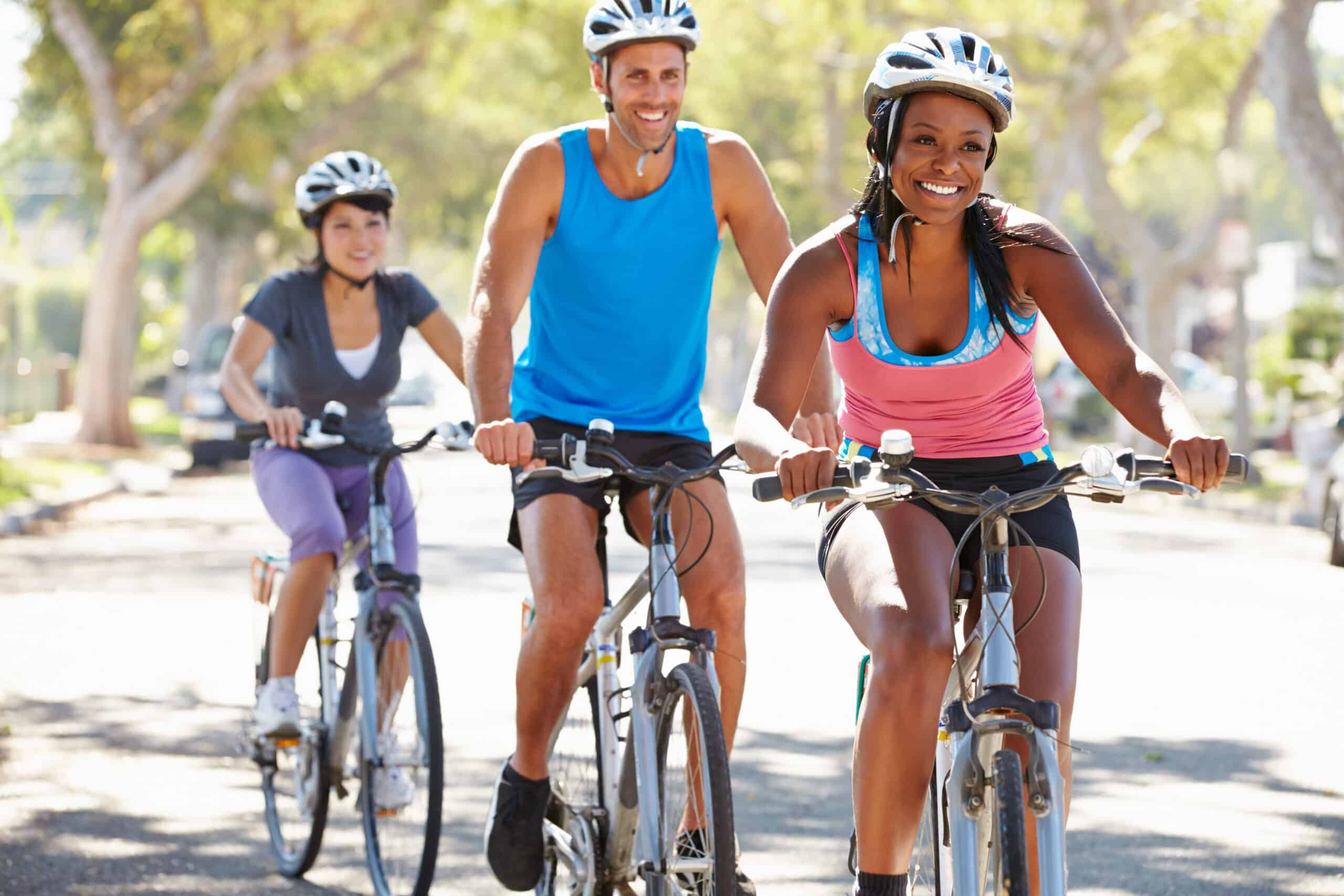Regular exercise is as necessary to the health of your veins as it is to every other part of your body. Healthy veins are an…
Exercise for Healthy Veins: Vascularity vs. Varicose Veins

Regular exercise is as necessary to the health of your veins as it is to every other part of your body. Healthy veins are an integral part of maintaining your general well-being. Veins that are healthy and carry blood efficiently ease the pressure on the heart while ensuring that even the remote blood vessels of the fingers and toes receive sufficient blood flow to oxygenate the cells.
What Are Healthy Veins
If you are like most people, you don’t spend very much time thinking about your veins. You just expect them to keep doing their job of carrying blood back to the heart without complaint. That is exactly what they do in most cases, at least when your veins are healthy.
For the most part, healthy veins are not visible, but that does not mean you should ignore them until you see them. Keeping your veins healthy will help you keep the rest of your body healthy by ensuring that every organ and appendage receives enough oxygen to do their jobs.1
Regular exercise and a healthy, varied diet are the best way to keep your veins and the rest of your body healthy. Exercise keeps your blood moving through the circulatory system. This steady flow helps prevent the pooling of blood in the veins and allows you to maintain a healthy weight, which also helps to promote healthy veins.
Sometimes, regular exercise, especially the types that build muscle mass, can lead to veins that pop out of the skin and become visible. These visible veins are known as vascularity. They’re not the same thing as varicose veins and are not a sign that your veins are unhealthy.
Vascularity vs. Varicose Veins
Vascularity
Vascularity is a term coined by the bodybuilding industry to describe the presence of pronounced visible veins that run on top of the flexed muscles. The more vascularity a bodybuilder shows, the higher their scores will be.
These veins become visible due to a low level of fat below the skin’s surface. Without this layer of cushioning, when the muscles are flexed, the veins have nowhere to go except up into the skin, making them visible. Vascularity is not only present in bodybuilders. Anyone with low body fat and high muscling may have visible veins, especially when the muscles below them are being used.2
These visible veins are not a sign of a problem with your veins or any other part of your circulatory system. They are usually the same color as the surrounding skin, and they do not twist or bulge sideways. They also do not cause any problems like tingling, bruising, or irritation in the area where they can be seen.
Varicose Veins
Varicose veins are very different from the visible veins that can be seen with vascularity. Varicose veins occur when the valves that keep your blood from flowing backward through the veins fail. The failure causes the blood to pool in certain areas. The veins then bulge and swell and ultimately become visible through the skin.
Varicose veins are usually found in the legs and are not related to the amount of muscling present in the area. Being overweight, or carrying too much body fat, may contribute to the development of varicose veins.
Varicose veins are usually not skin-colored but appear in shades of blue and purple. They are a sign that there is an issue with your veins that might cause other problems. Many people with varicose veins suffer from bruising, pain, itching, swelling, numbness, and sometimes ulcers in the area surrounding the visible veins.
In some cases, a person may have both visible veins due to vascularity and varicose veins. Varicose veins in bodybuilders sometimes develop due to the pressure exerted on the veins of their legs by their heavy weight, intense training regime, and the use of anabolic steroids.
Exercise For Healthy Veins
Any physical exercise benefits your veins, but certain types target the heart and circulatory system more effectively by getting the blood moving through the entire body.3 Cardiovascular exercises that include movement of the legs are particularly beneficial as the veins in the legs are most susceptible to becoming varicose.
Examples of great exercises for healthy veins include:
- Walking
- Swimming
- Bike riding
- Yoga
- Leg lifts
- Ankle rotations
- Jumping on a trampoline
As you can see, most of these exercises do not require that you be in great physical shape to do them. All can be started at a low level, and you can increase the difficulty or extend the time doing them as you get in better shape.
All of the above-mentioned exercises should be safe for you if you already have varicose veins. If you have any doubts or want more advice about exercising with varicose veins, make an appointment with a vein specialist.
When In Doubt, Seek Professional Advice
If you have visible veins and are unsure if they are varicose veins or vascularity, don’t hesitate to make an appointment with a vein specialist near you. They can determine the reason for your visible veins. Once they have done that, they may suggest treatments for varicose veins if necessary and advise you about exercise for healthy veins.
To find a vein specialist near you, visit MyVeinTreatment.com. Here you will not only find an easy way to find qualified vein specialists in your area, but you will find a great deal of information about how to keep your veins healthy, how to determine if you have a problem with your veins, and what treatments are available to rectify those problems.
SOURCES:
- WexnerMedical.osu.edu: “How to Keep Your Veins Healthy”
- Men’s Health: “Vascularity as a Sign of Fitness Level”
- NYCSurgical.net: “5 Exercises for Healthier Veins”





